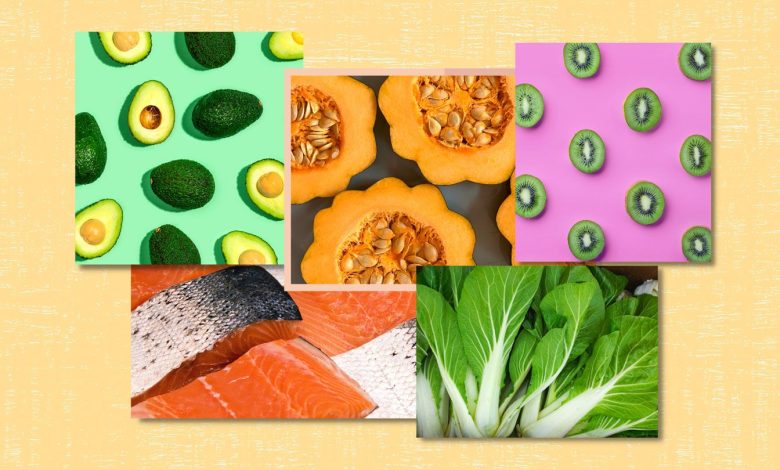10 Foods That Are High in Potassium

[ad_1]
Outside of chemists, athletes, and anyone with high blood pressure, most people don’t give a lot of thought to potassium, a mineral you probably last heard of when learning the periodic table in chemistry class (where its abbreviation is the letter K). But potassium plays a vital role in health: It helps regulate your body’s fluid levels, aids in muscle function, and keeps your nervous system working properly, among other functions, according to MedlinePlus.
It also plays a key role in cardiovascular health. “Potassium is essential for maintaining normal blood pressure and keeping your heart beating regularly,” says Frances Largeman-Roth, RDN, an author and nutrition expert based in New York City.
Research shows that potassium reduces blood pressure in people with hypertension, and according to the Centers for Disease Control and Prevention (CDC), it may also lower the risk for stroke.
It is also one of a group of electrically charged minerals — magnesium, calcium, and sodium are others — known as electrolytes. You often hear about electrolytes in sports drinks because they aid with fluid balance and because we tend to lose them when we sweat, according to MedlinePlus. Potassium and sodium are the main electrolytes involved in regulating fluid balance, and keeping them in balance can be crucial for reducing the risk of hypertension, heart disease, and stroke, according to the CDC. Most Americans, however, consume too much sodium and not enough potassium. In fact, the U.S. Food and Drug Administration (FDA) raised the recommended daily intake for potassium from 3,500 milligrams (mg) to 4,700 mg per day.
For that reason, Largeman-Roth says, “Focusing on adding potassium-rich foods to our diets is smart for overall health.” If your potassium levels are too low, a condition known as hypokalemia, it can result in fatigue, muscle weakness or cramping, and cardiovascular issues such as an abnormal heart rhythm, according to MedlinePlus.
It’s also possible to get too much potassium, which can lead to a condition called hyperkalemia. This is something you need to be especially aware of if you have kidney problems, according to the National Kidney Foundation. The kidneys help regulate the amount of potassium in your body, but if they’re not functioning properly, too much potassium can get into the bloodstream, causing weakness or numbness and, potentially, arrhythmia and heart attack. Research has found that a variety of medications, such as ACE inhibitors, nonsteroidal anti-inflammatory drugs (NSAIDs), and certain diuretics, can also raise potassium levels too high.
Meeting the recommended daily intake of potassium means reevaluating your diet. “Potassium comes from various foods we eat, especially fruits and vegetables,” says Nicole Roach, RD, a registered dietitian with Lenox Hill Hospital in New York City. And yes, that includes bananas, which have 422 mg per medium-sized fruit, according to U.S. Department of Agriculture (USDA) data. To be considered to be high in potassium, however, a food needs 20 percent or more of the daily recommended value, or 940 mg per serving. We rounded up 10 other colorful, tasty, and potassium-rich foods to add to your diet, with serving suggestions that will keep you coming back for more.
RELATED: The High Blood Pressure Diet
[ad_2]




